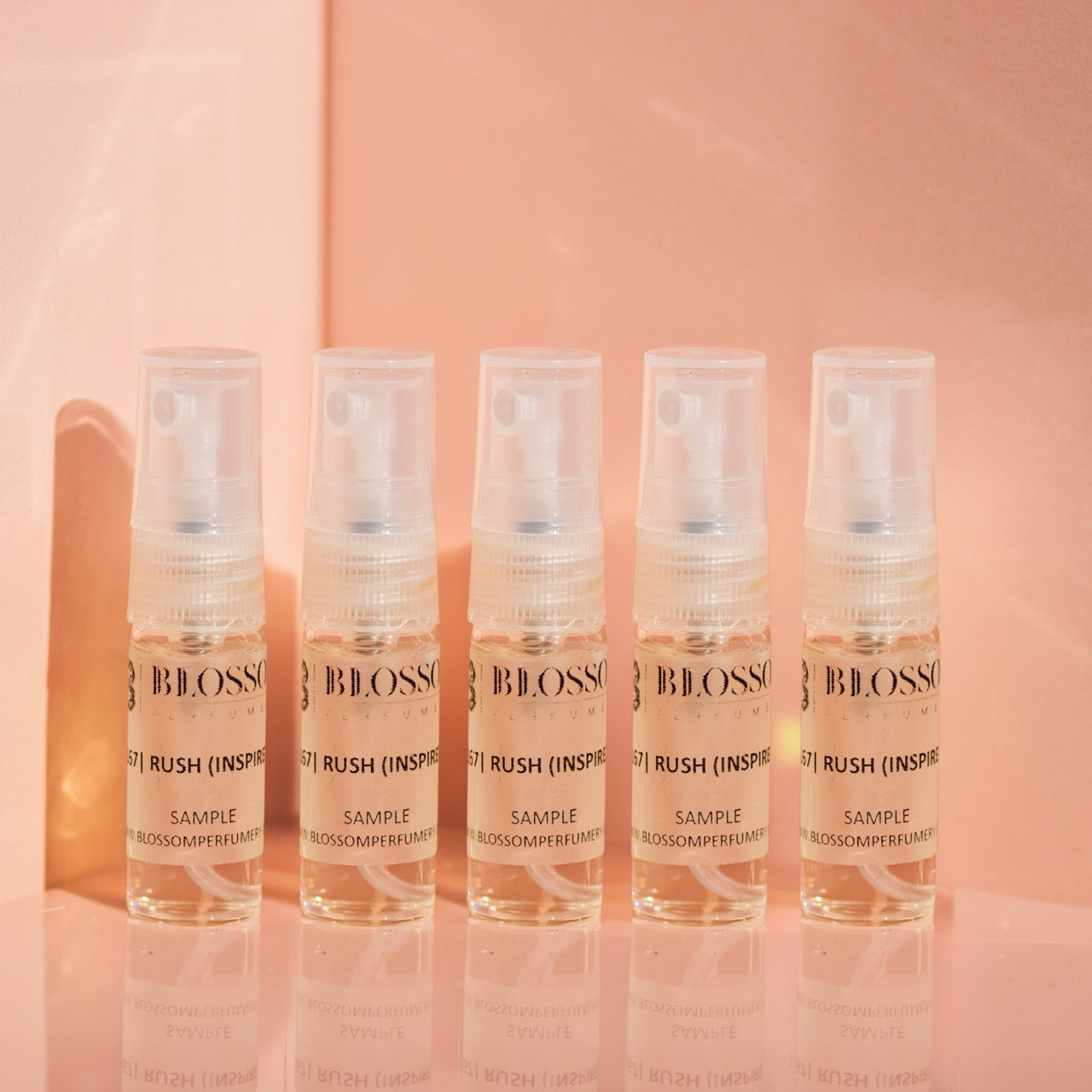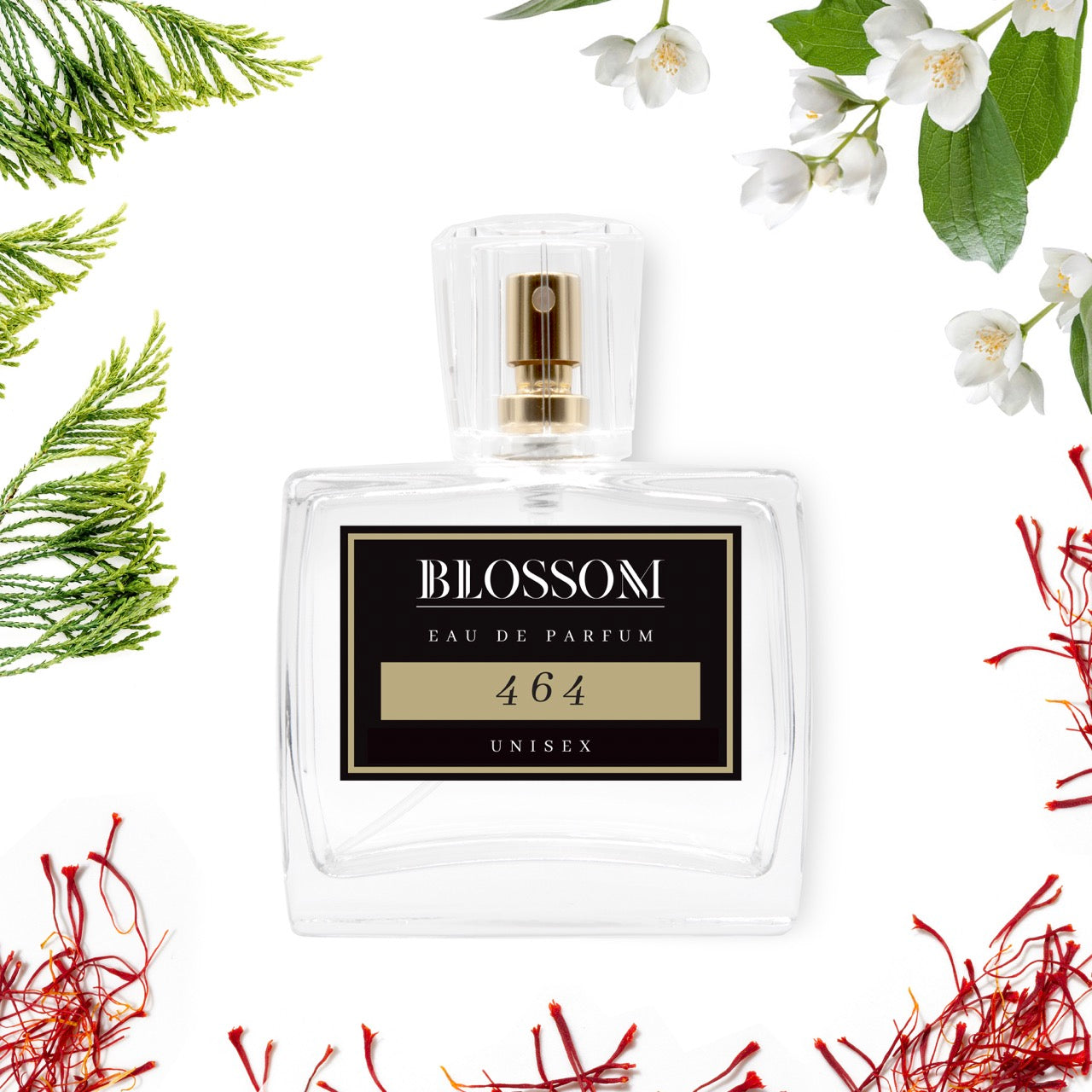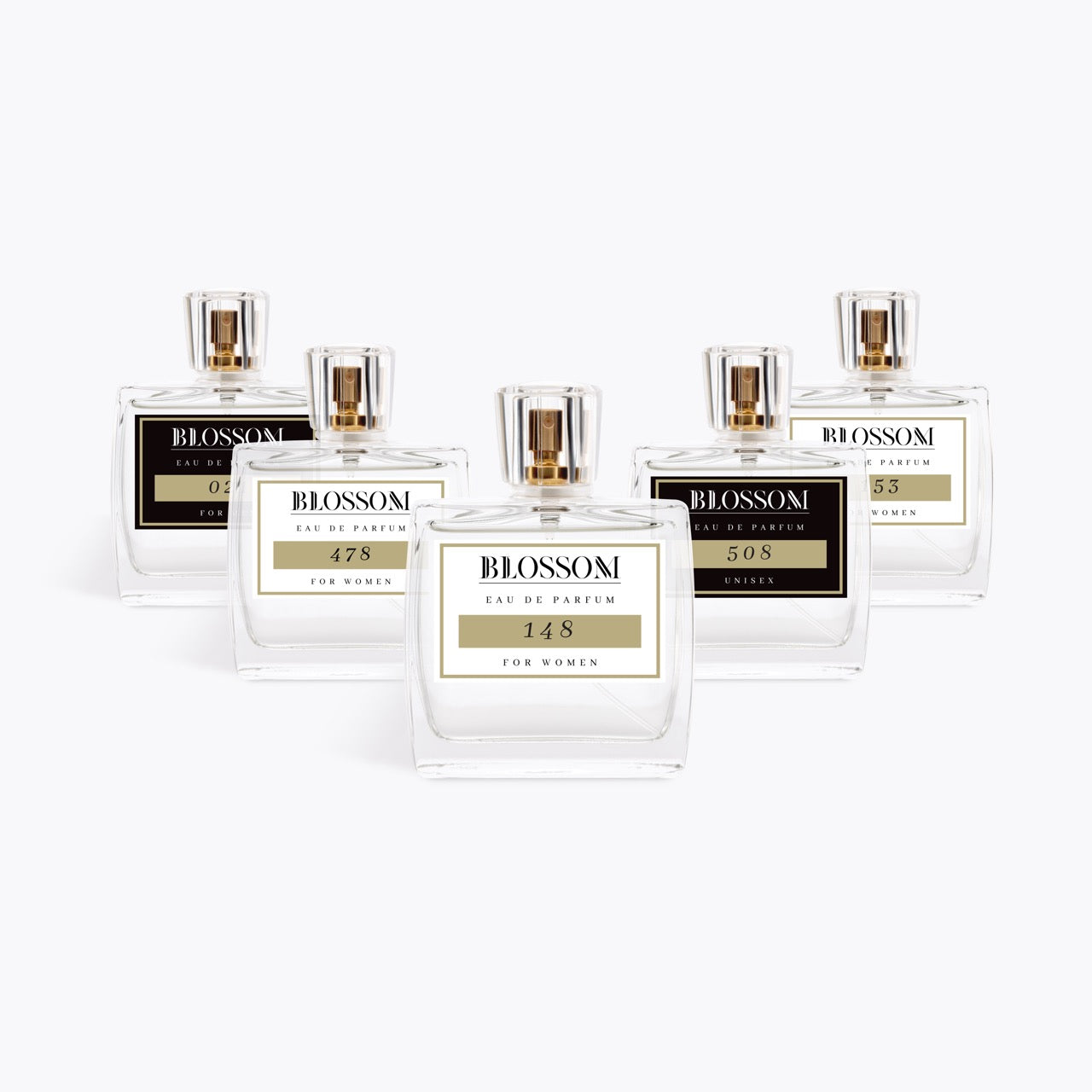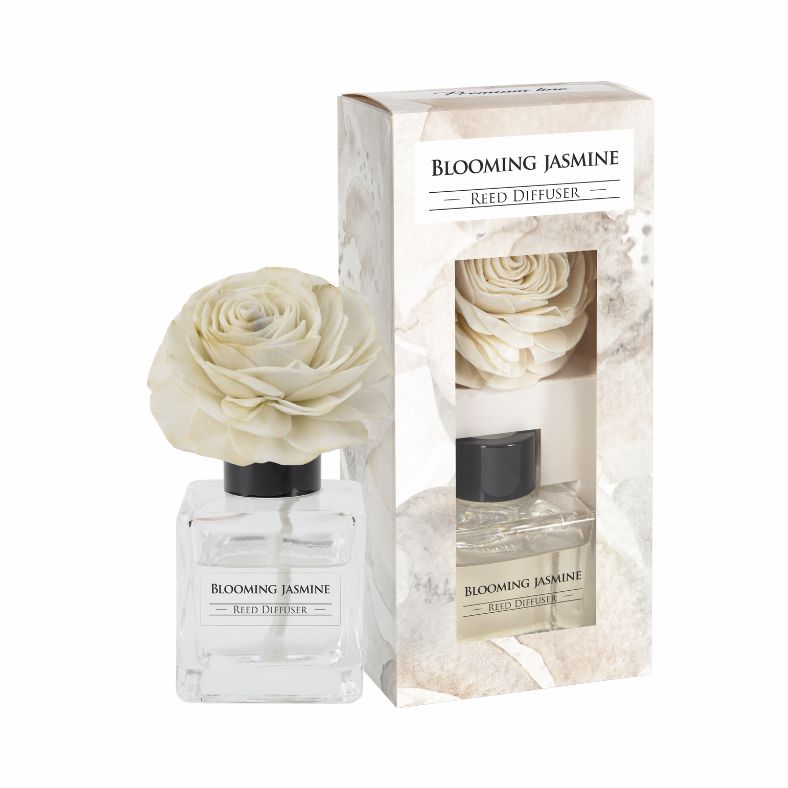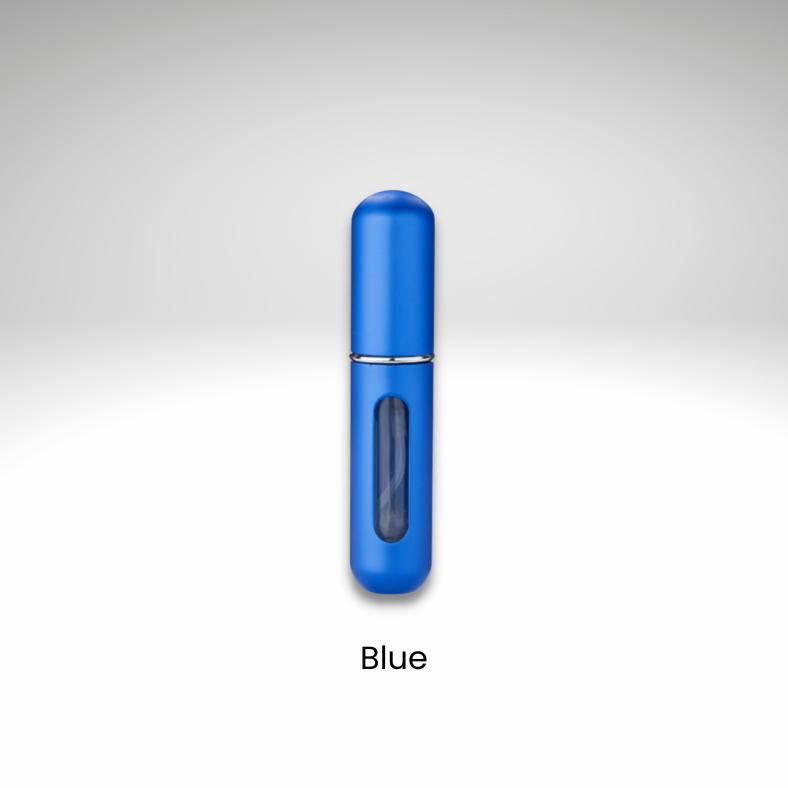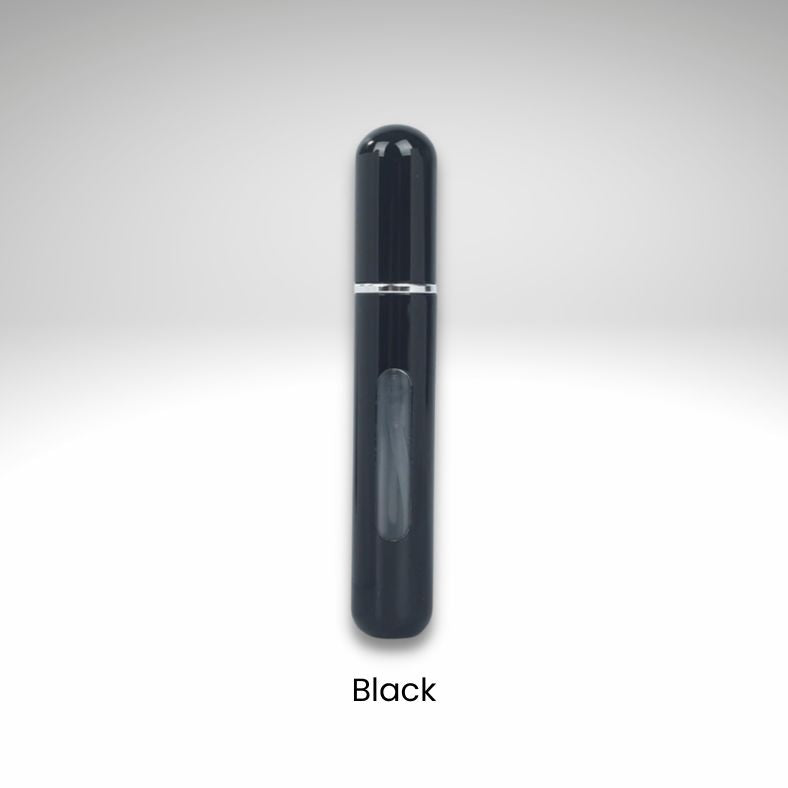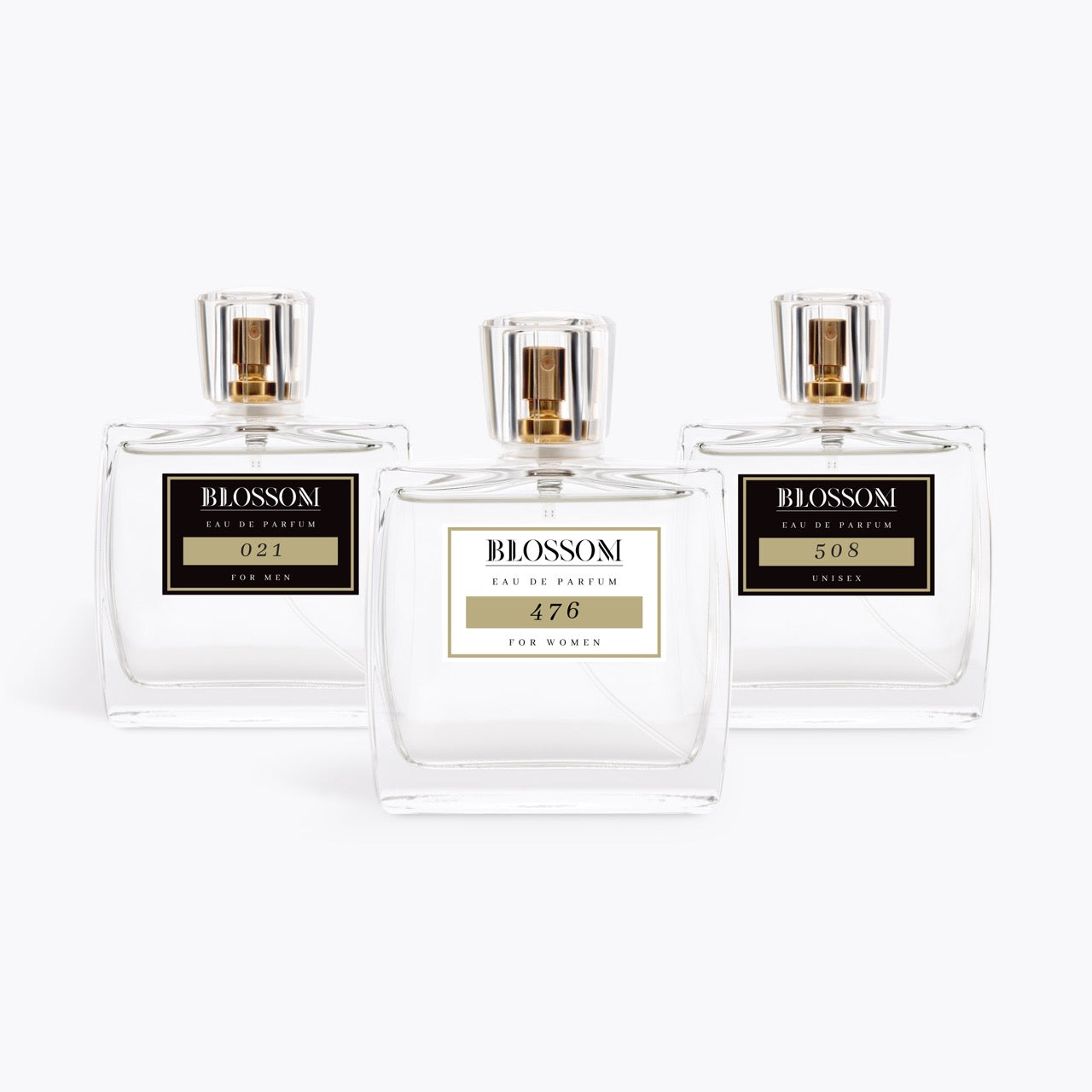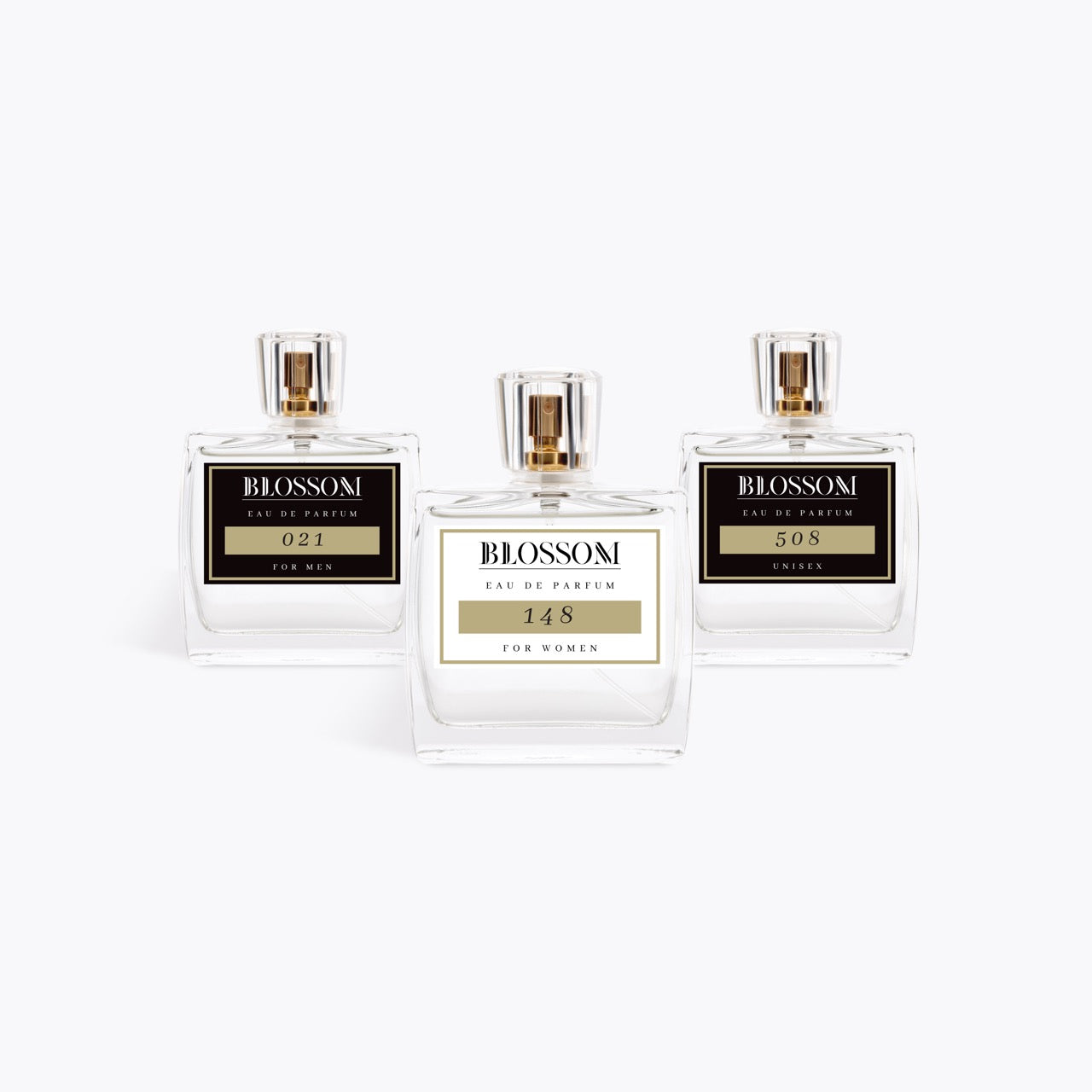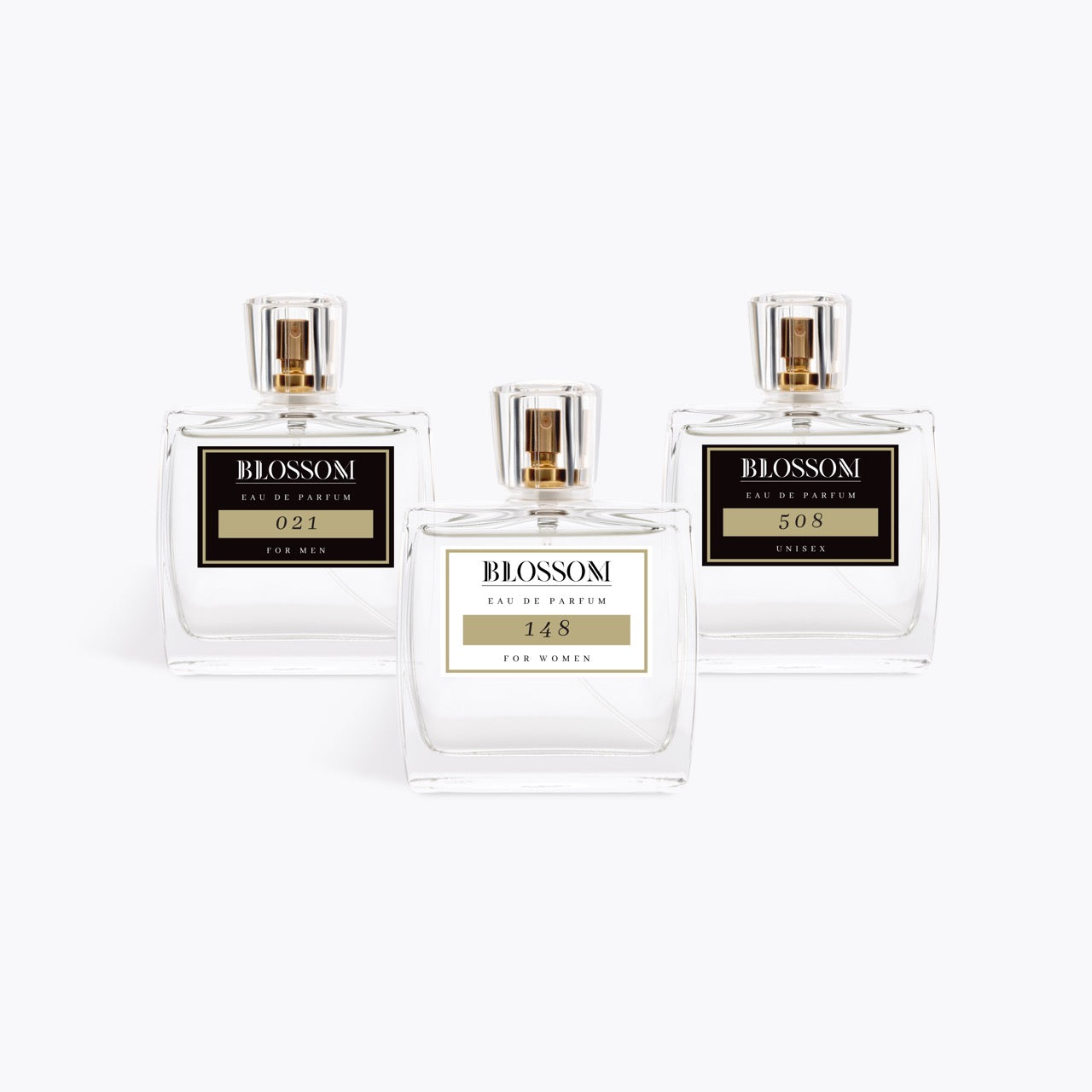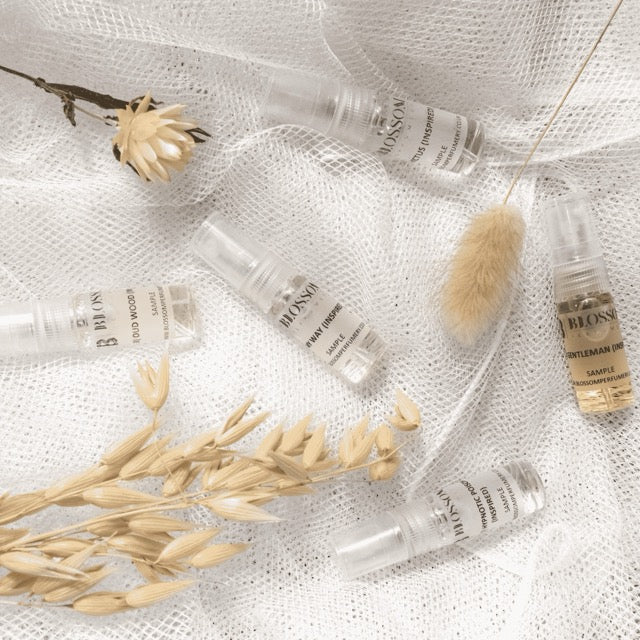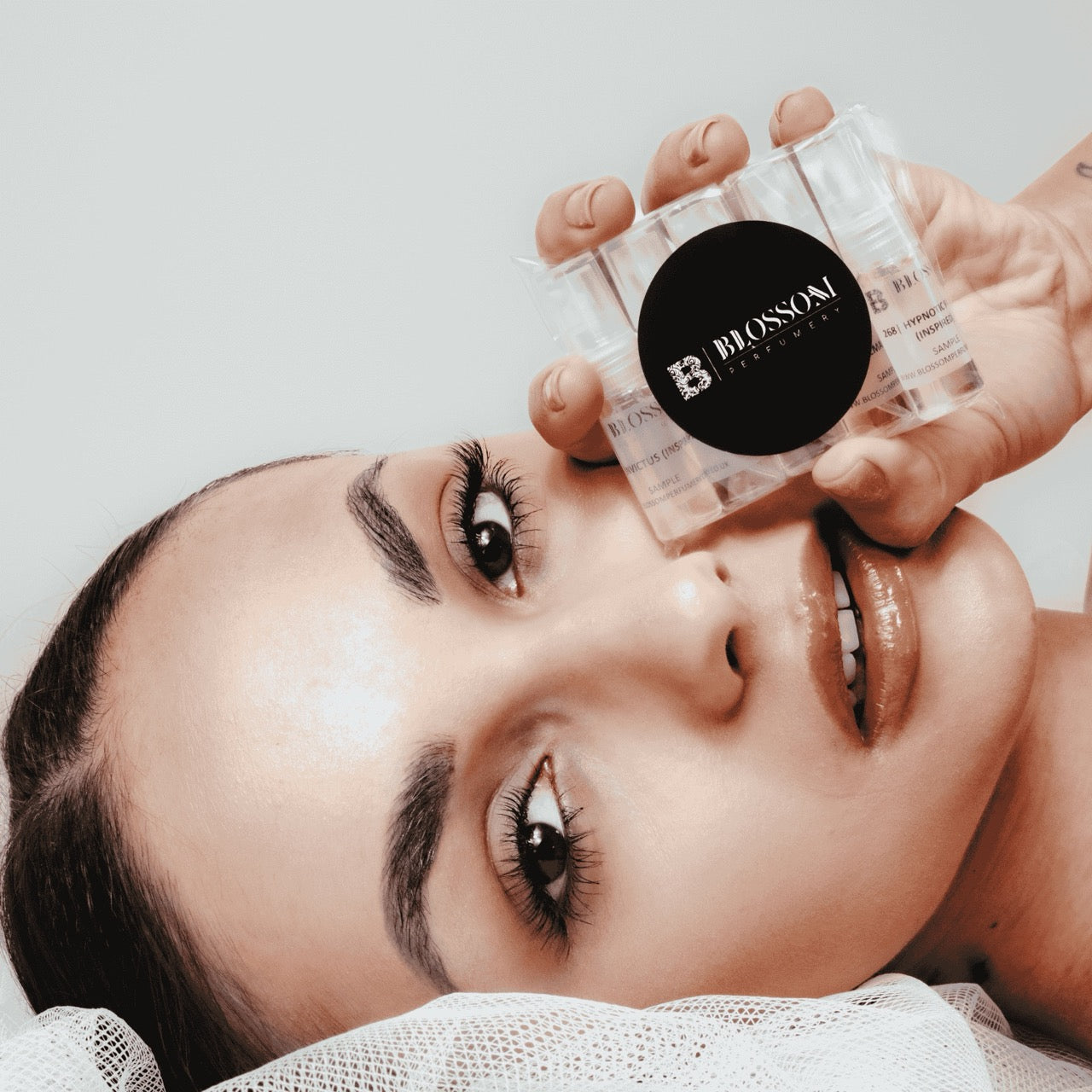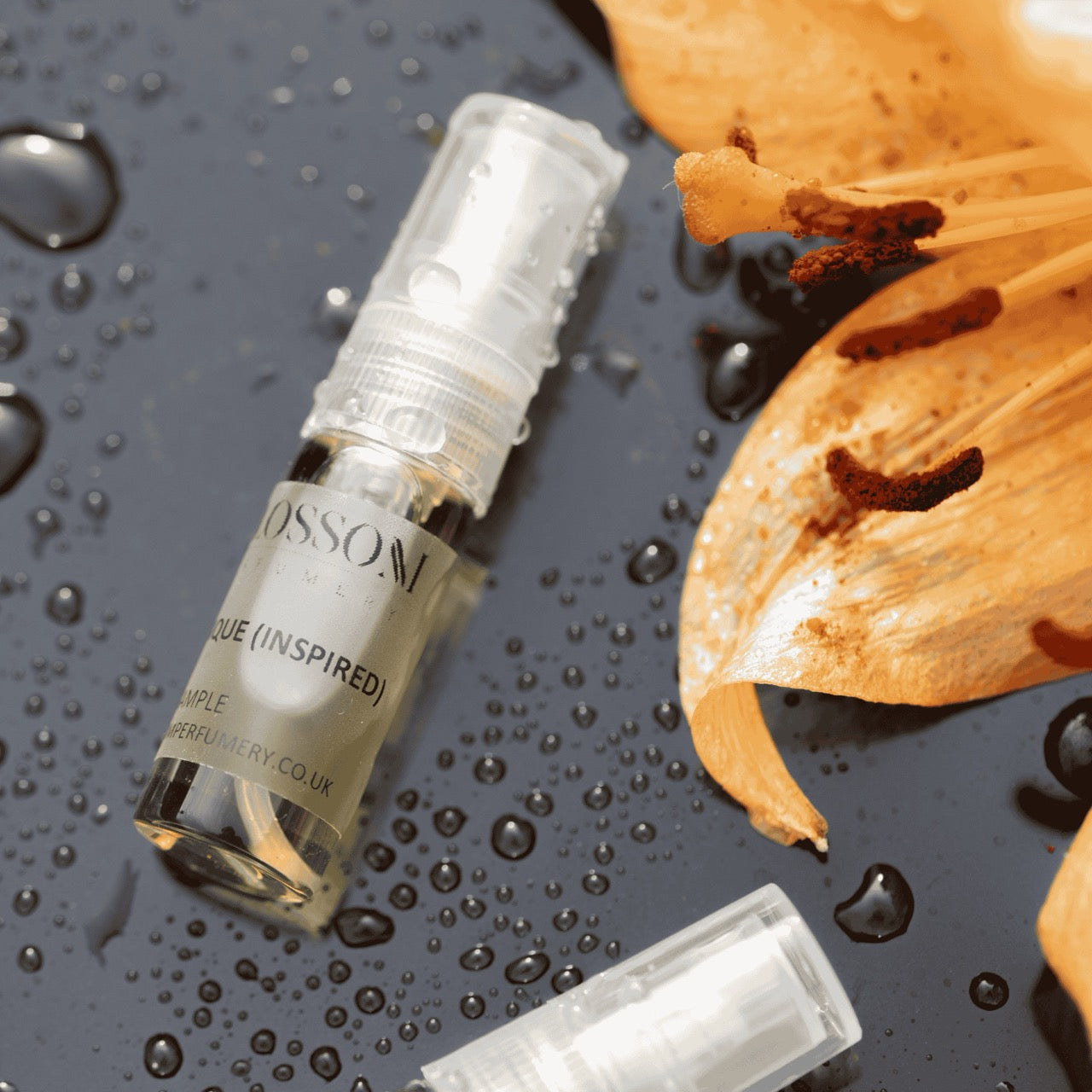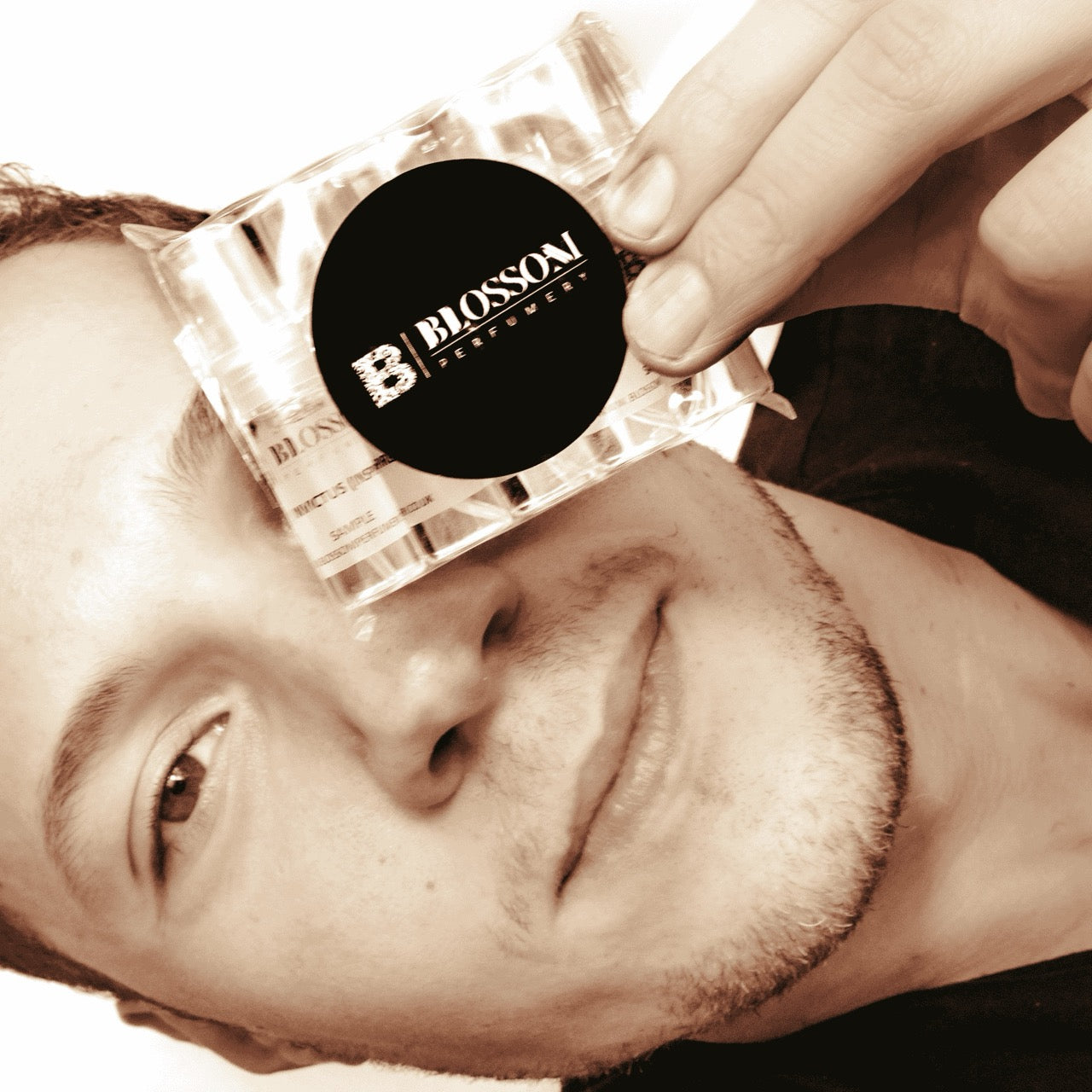Perfume history: When and where was perfume invented?
Have you ever caught a scent that instantly transported you to a memory, a place, or even a different version of yourself? That invisible magic has been enchanting humans for thousands of years. Long before perfume became a luxury item in designer bottles, it was used in temples, tombs, and royal courts, from ancient Egypt to the Roman Empire. But where did it all begin? Who first thought to bottle beauty in the form of scent?
In this article, we’ll take you on a sensory journey through time, uncovering the rich and fascinating history of perfume.
Who first invented perfume?
While it’s hard to credit just one person or place with the invention of perfume, history points to ancient Mesopotamia and Egypt as the true pioneers of scent. One of the earliest known perfumers was a woman named Tapputi, a Mesopotamian chemist who lived over 3,000 years ago.
She wasn’t just mixing oils for fun. She documented her techniques and formulas on clay tablets, making her the world’s first recorded perfumer and a true trailblazer in both fragrance and science.
What was perfume original use?
Today, we use perfume to smell good, feel confident, or make a lasting impression. But in ancient times, fragrance had a much deeper meaning. It was seen as something sacred, powerful, and often connected to the divine.
The first known uses of perfume were rooted in ritual and spirituality. In ancient Egypt, scented oils and incense were used in religious ceremonies, temple offerings, and burial practices. Fragrances like frankincense, myrrh, and lotus were believed to purify the body and soul, and prepare the dead for the afterlife. These scents carried spiritual weight, symbolizing a connection between humans and the gods.
In other early civilizations like Mesopotamia and India, perfume was also used for healing and protection. Fragrant balms were applied to the body to ward off illness or negative energy, and incense was burned to create a calming, sacred atmosphere.
Perfume originally served as a tool for purification, worship, and well-being. It was far more than a beauty product. It was a way to express reverence, mark important moments, and bring a sense of the divine into daily life.
Even thousands of years ago, people understood that scent had the power to transform how we feel, think, and connect with the world around us!
The role of perfume in the middle ages
In the Middle Ages, perfume wore many hats and not all of them were about smelling pretty. At a time when daily bathing was rare and sanitation was, let’s say, creative at best, perfume became a go-to solution for both hygiene and health.
Fragrant herbs, scented waters, and aromatic oils were used to mask unpleasant odors and, more importantly, to protect against disease. People believed that bad smells (what they called “miasmas”) carried illness, so surrounding yourself with pleasant scents was thought to be a form of protection.
Perfume also had a place in religious and spiritual life. Incense wafted through churches, symbolizing purification and the presence of the divine. Scented oils were used in anointing rituals, and monasteries became centers of herbal knowledge and early perfumery, especially in places like southern France and Italy.
And let’s not forget the powerful and the privileged. In royal courts and noble households, fragrance became a status symbol. The wealthy wore scented gloves, carried pomanders (small balls filled with fragrant substances), and commissioned custom blends as a sign of refinement and luxury.
So while medieval perfume may not have come in fancy bottles or glossy ads, it played a surprisingly important role in health, faith, and fashion. It was a quiet luxury, a shield against disease, and a symbol of grace.
Perfume in the 20th century: Innovation and mass production
The 20th century was a turning point for perfume—a time when it transformed from a luxury reserved for royalty into a global sensation anyone could wear. With the rise of modern chemistry, mass production, and pop culture, perfume entered a new era of creativity, accessibility, and commercial power.
At the start of the century, perfumers began experimenting with synthetic ingredients, which opened up an entirely new world of scent possibilities. Suddenly, they could recreate the aroma of rare flowers, create notes that didn’t exist in nature, and make fragrances more stable and affordable.
This innovation paved the way for iconic scents like Chanel No. 5, launched in 1921, which blended natural essences with synthetic aldehydes to create something entirely new: modern, elegant, and unforgettable.
As fashion houses like Dior, Yves Saint Laurent, and Guerlain stepped into the fragrance game, perfume became an extension of personal style. A spritz of perfume became a signature, a mood, a statement.
Mass production also meant that perfume could now reach department store shelves around the world. What was once handcrafted in small batches became a booming industry. Scent was no longer just for the elite.
The legacy of scent: From ancient traditions to today’s trends
From sacred rituals in Egyptian temples to the sleek designer bottles on today’s vanity tables, the story of perfume is as rich and layered as the fragrances themselves. What began as a mystical link between humans and the divine has evolved into a deeply personal form of self-expression—one that travels with us, lingers in rooms, and lives on in memory.
Throughout history, scent has been used to honor gods, attract lovers, mask realities, and define eras. It’s both universal and intimate, something shared across cultures, yet completely unique to each wearer.
And while the tools and techniques have changed, from incense burners to high-tech fragrance labs, the power of perfume to stir emotion, spark connection, and tell a story remains just as strong.

